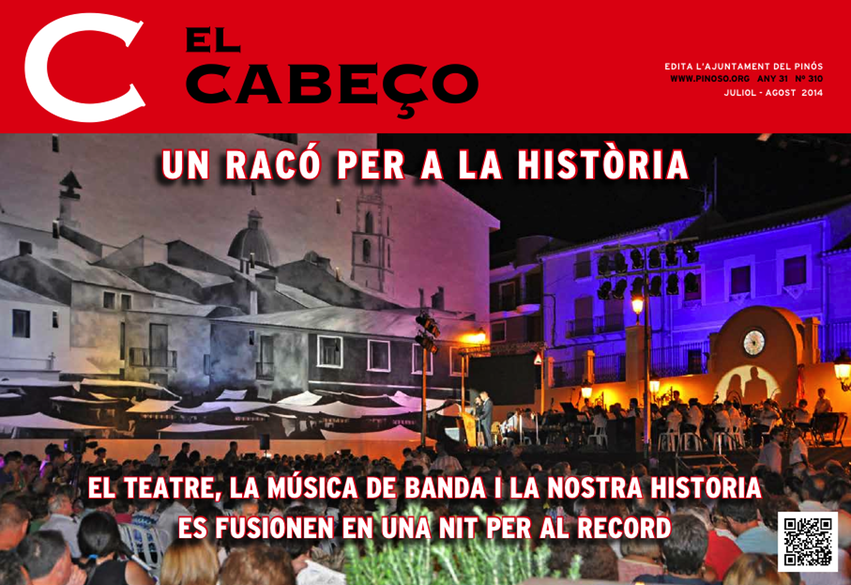I thought the word was plurilingual

There is a local language in the Valencian Community which is called Valencian in English, Valenciano in the worldwide version of Spanish sometimes called Castellano and Valencià in, well in Valencià. Most people seem to think that it's not the same language as Catalan but the academic body that looks after the the rules and vocabulary of the language says they are wrong and that Catalan and Valenciano are the same with local variations. As you would expect, and as I've reported before, there is a fairly strong local movement to promote Valenciano as a cultural heritage. Maggie keeps saying she's going to have a go at learning some. Rather her than me; I have enough problem with standard Spanish. Lots of people speak Valenciano as their principal language but there are lots of areas in this region where Valenciano is hardly spoken. Apparently about 50% of the population in the Valencian Community can speak the language and 85% can understand it. Yesterday, over my wor...


